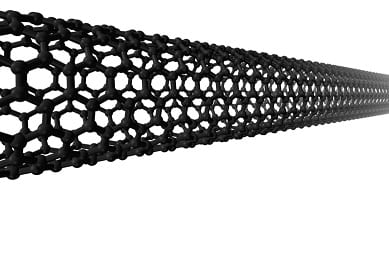Researchers in Denmark develop new catalyst for hydrogen fuel cells
April 8, 2014Finding a replacement for platinum may help make fuel cells more attractive
 One of the major detractors of fuel cell is that they are extremely expensive. This is largely due to their use of platinum, which is one of the most expensive materials in the world. Platinum is typically used to form the catalysts that fuel cells need in order to produce electrical power through electrochemical processes. The fuel cell industry, as a hole, has been researching alternatives to platinum catalysts, but finding material that can work as well as platinum as a catalyst, but is not as expensive as platinum.
One of the major detractors of fuel cell is that they are extremely expensive. This is largely due to their use of platinum, which is one of the most expensive materials in the world. Platinum is typically used to form the catalysts that fuel cells need in order to produce electrical power through electrochemical processes. The fuel cell industry, as a hole, has been researching alternatives to platinum catalysts, but finding material that can work as well as platinum as a catalyst, but is not as expensive as platinum.
Researchers develop new catalyst composed of iron and carbon
A team of researchers from the Technical University of Denmark has developed a new catalyst that may make platinum catalysts a thing of the past. The team has used iron and carbon to develop this catalyst and initial tests have shown that these materials are stable and active in acidic and alkaline environments. Moreover, the iron-carbon catalyst may be able to perform on par with conventional platinum catalysts, which means that platinum may soon be replaced in future generations of fuel cells.
Carbon nanotubes used to protect an iron carbide catalyst
The research team has used carbon nanotubes to encase the catalyst that is comprised of iron carbide. The nanotubes act as a protective barrier for the catalyst, making it resilient to the acidic environment found in fuel cell systems. The structure of the nanotube covering allows the chemical processes that the catalyst is responsible for to continue taking place, allowing the fuel cell to generate electrical power.
Platinum remains the best material for fuel cells, despite high cost
Both carbon and iron are significantly less expensive than platinum. Removing platinum catalysts from fuel cells could make these energy systems much less expensive in the future. Researchers must determine, however, whether their carbon-iron catalyst can perform better than traditional platinum catalysts. One of the reasons that platinum has remained the staple in fuel cell technology despite its expensive nature is that finding a replacement for this material has been very difficult.

 HFN News is your leading source for fresh hydrogen and renewable energy updates. Amid the fast-paced growth of hydrogen companies, we provide top-notch news and insights about this exciting sector. Our coverage spans from hydrogen cars to global sustainable initiatives, and we highlight the latest in green jobs and developing hydrogen hubs. We invite you to share your local hydrogen news and explore today’s renewable energy job listings on our site. Thanks for choosing HFN News as your trusted guide to the hydrogen and renewable energy world!
HFN News is your leading source for fresh hydrogen and renewable energy updates. Amid the fast-paced growth of hydrogen companies, we provide top-notch news and insights about this exciting sector. Our coverage spans from hydrogen cars to global sustainable initiatives, and we highlight the latest in green jobs and developing hydrogen hubs. We invite you to share your local hydrogen news and explore today’s renewable energy job listings on our site. Thanks for choosing HFN News as your trusted guide to the hydrogen and renewable energy world!